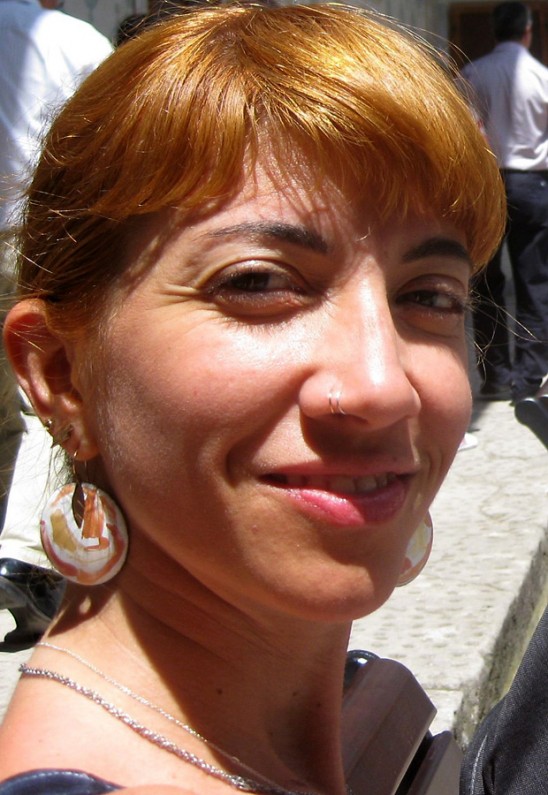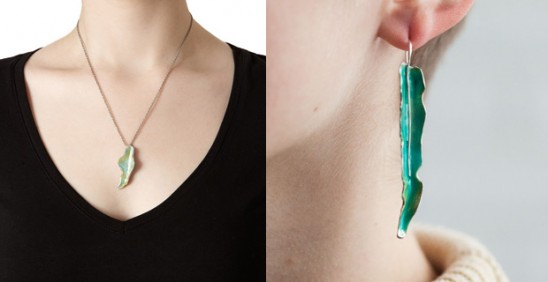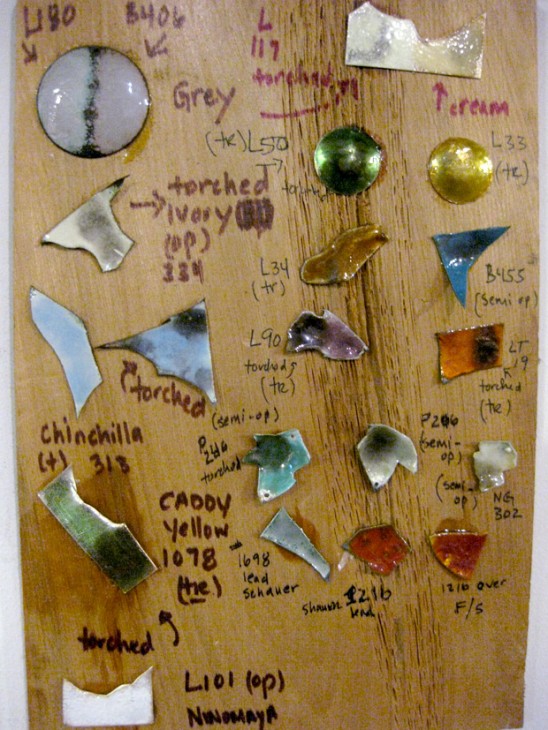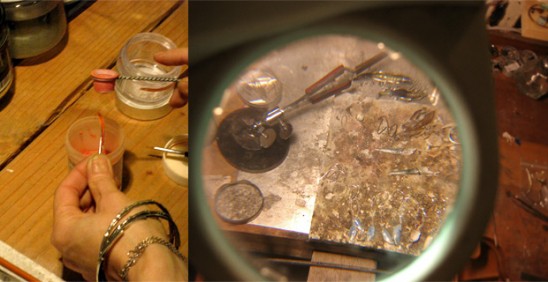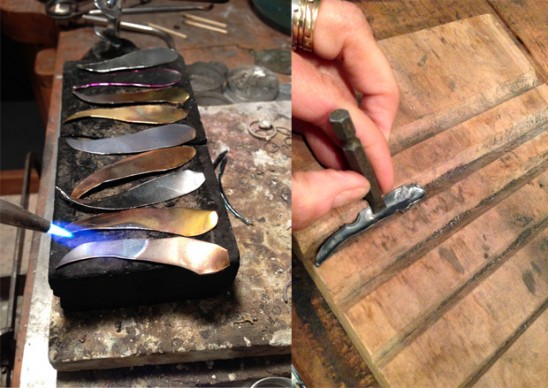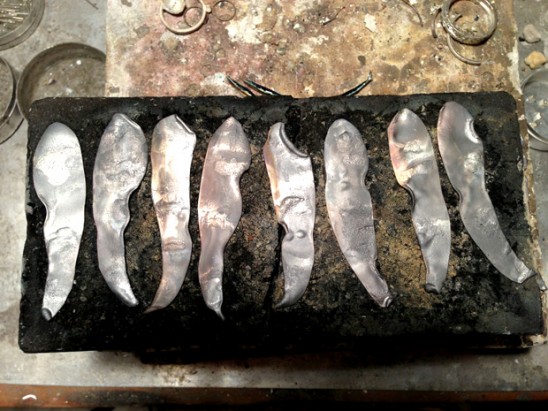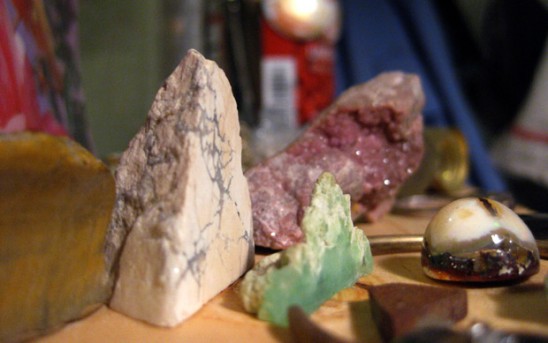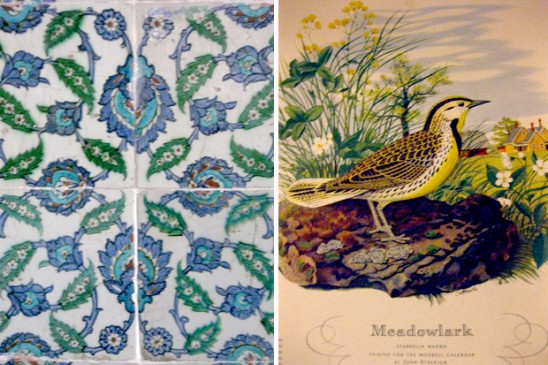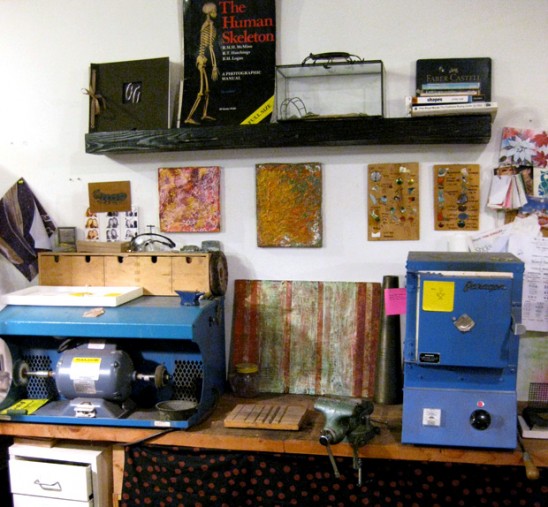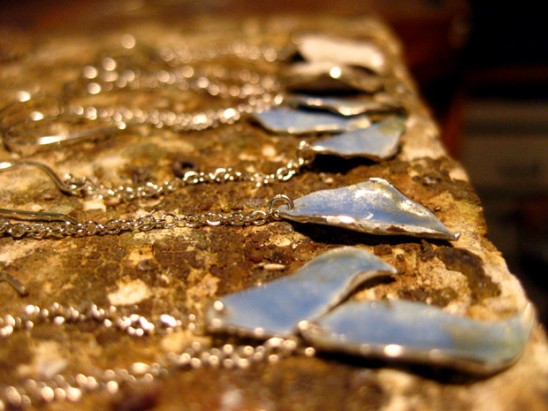Instagram photo taken by @ellothereprintco
One of my favorite meetings at the UncommonGoods headquarters is something we like to call grown up “show-and-tell,” where the marketing team previews the products that will soon join our This Just In assortment. I was immediately intrigued by the story behind the National Parks Sticker Map. Assistant Merchandising Coordinator Jillian described Seth and Maddy Lucas as a young married couple who had a goal of visiting all of the national parks in their lifetime. It might have been because I was in the middle of reading Cheryl Strayed’s “Wild,” but I immediately thought “I wanna do that, too!” I started daydreaming about where I would thru-hike one day, imagining myself rolling out a sleeping bag next to a serene lake in [insert middle of America location]. But when Jillian mentioned that the designers were based in Brooklyn, I swiped the serene lake away like an email on my iPhone and thought “Oh, I wanna go there too.”
I had never been to a home studio before visiting Seth and Maddy. Upon entering their light-drenched apartment, I think the phrase “bring your work home” took a whole new meaning. From the nostalgic American pillows on the couch, to the colorful shelves in their kitchen, it was easy to tell that their artistic aesthetic is consistent throughout every detail in their daily lives. When I stumbled upon their copy of the “Wes Anderson Collection,” everything clicked. I realized that Seth and Maddy had the ability to create an all encompassing visual language similar to what Anderson fans feel when they are lost in any one of his famous films. The ability to live life with such a distinct style seems to come naturally to Seth and Maddy, whether they are backpacking around another park, or just listening to a record on their couch. Meet travelers and designers Seth and Maddy Lucas, and learn more about their colorful inspirations, their collaborative process, and the delicious way they celebrate a victory.

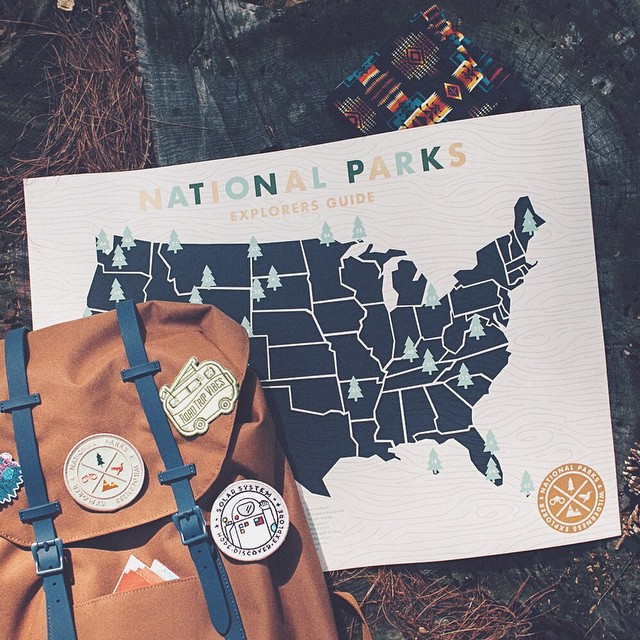
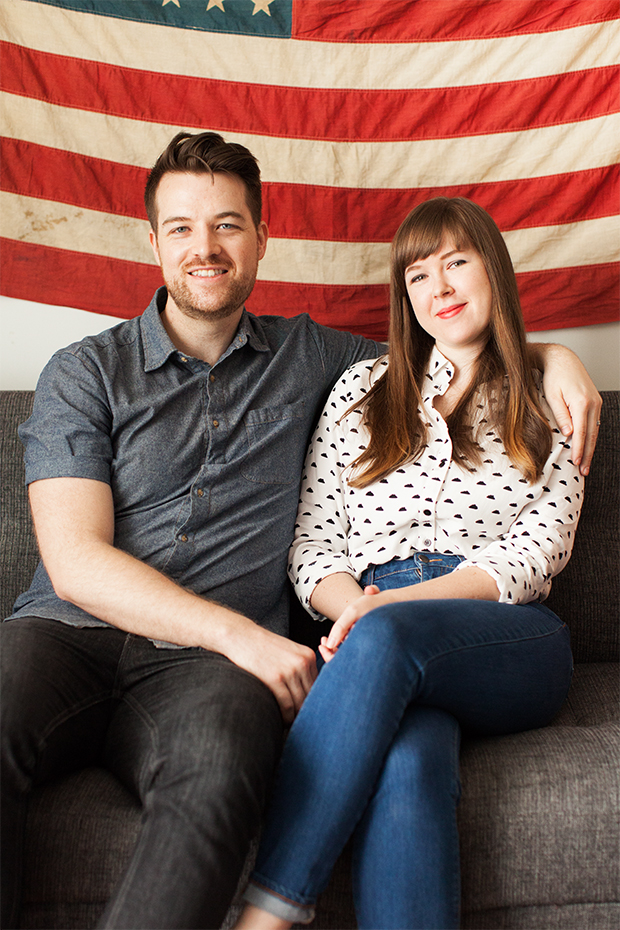
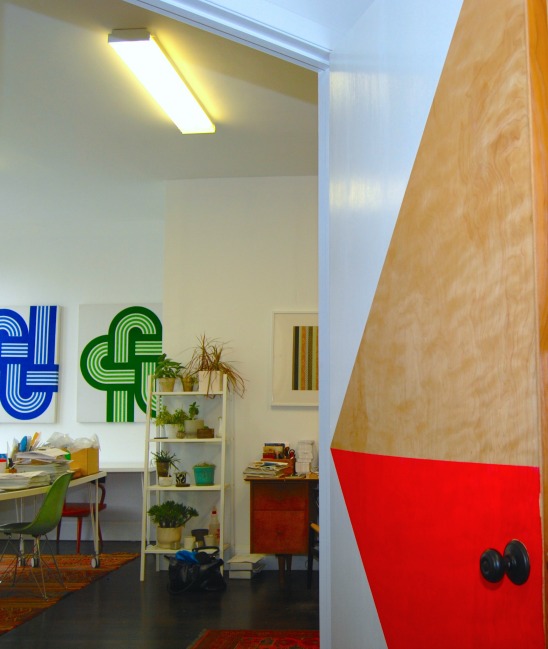
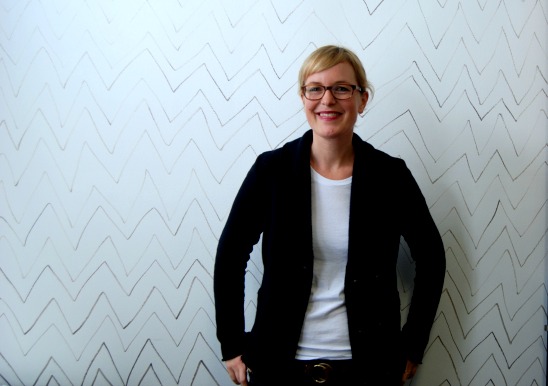
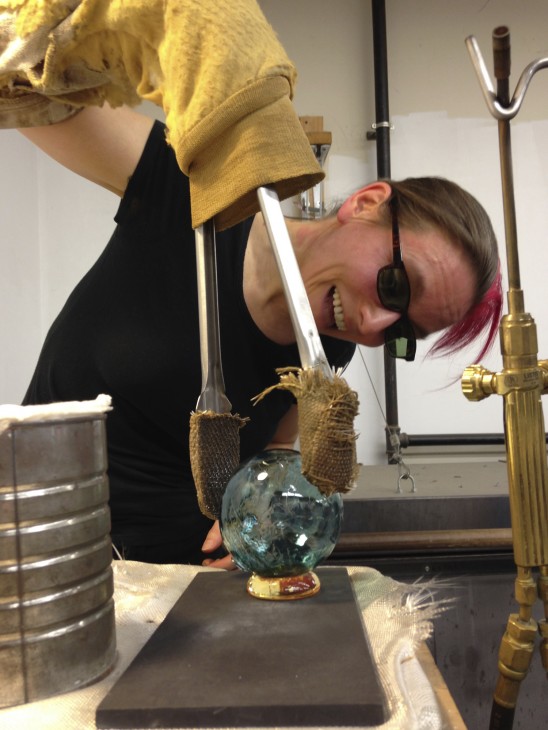

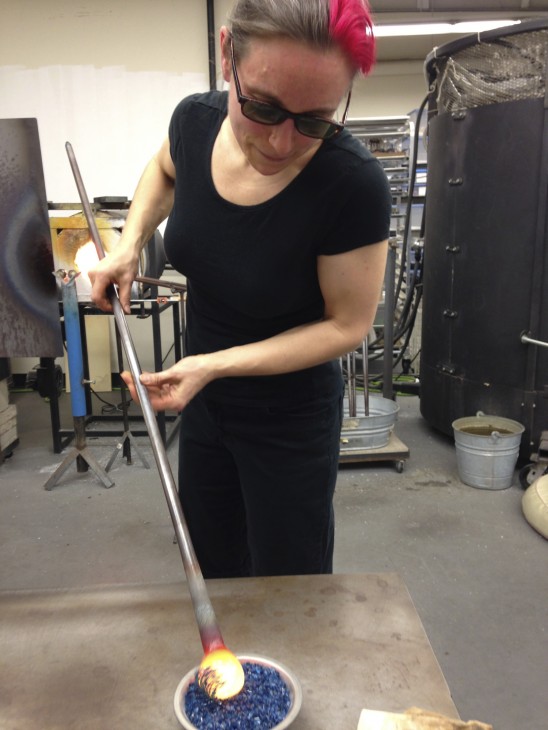

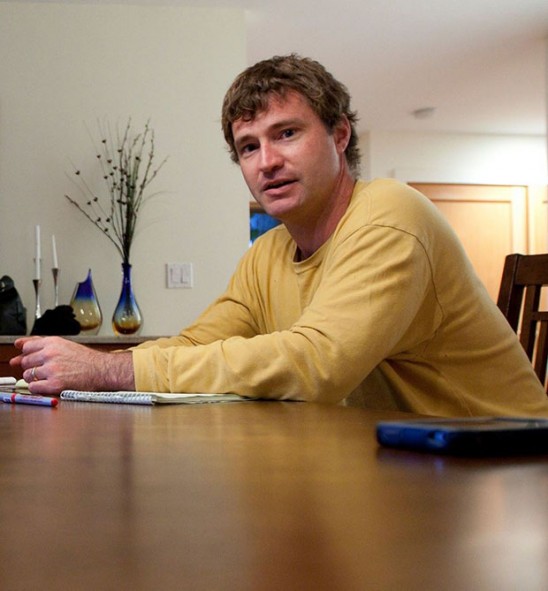 Opposites attract as designer
Opposites attract as designer 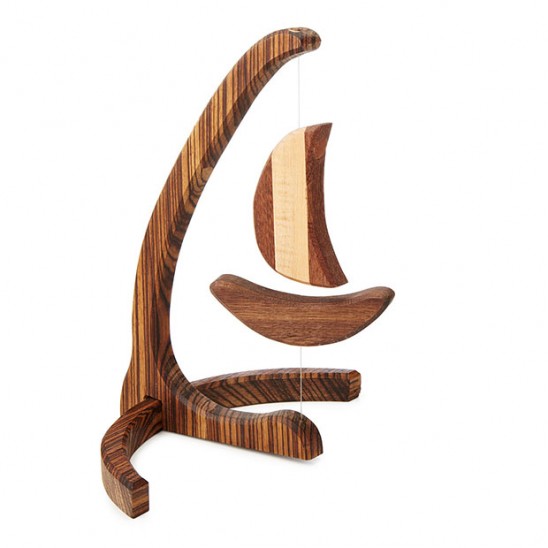 His sculptures always begin by establishing a focal point for the new piece. Once this has been decided, the frame and ancillary parts are designed as a complement. Everything eventually works together so that touching just one piece of the sculpture causes the other parts to come to life as if by magic.
His sculptures always begin by establishing a focal point for the new piece. Once this has been decided, the frame and ancillary parts are designed as a complement. Everything eventually works together so that touching just one piece of the sculpture causes the other parts to come to life as if by magic. 
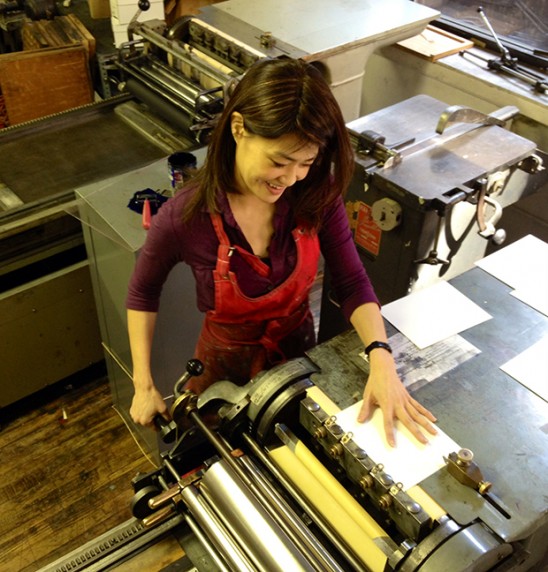 With a background in literature and painting, artist
With a background in literature and painting, artist 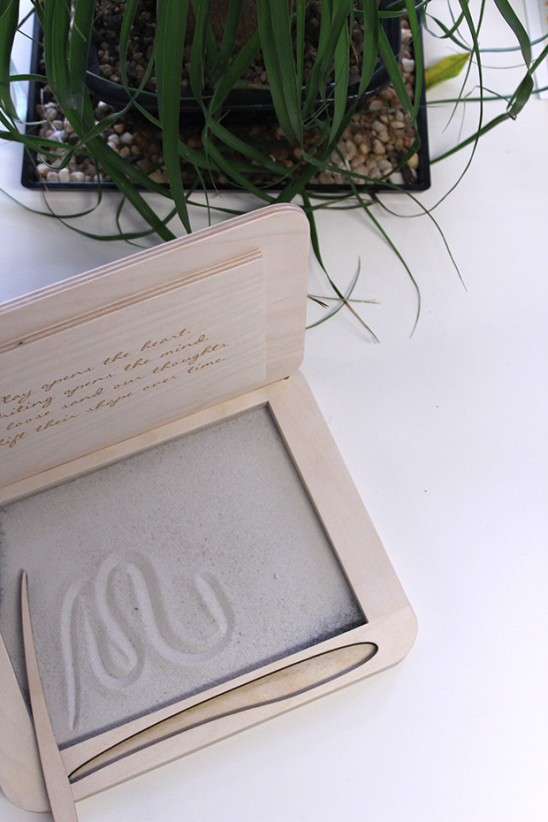 Recognizing the design’s versatility, Jayne also gifted it to a friend who lost a spouse. He uses the space to write what he would say to her if she were there. When Jayne apologized for the limited space, he pointed out that all the really important things one human needs to communicate to another can be offered in five words or less.
Recognizing the design’s versatility, Jayne also gifted it to a friend who lost a spouse. He uses the space to write what he would say to her if she were there. When Jayne apologized for the limited space, he pointed out that all the really important things one human needs to communicate to another can be offered in five words or less.